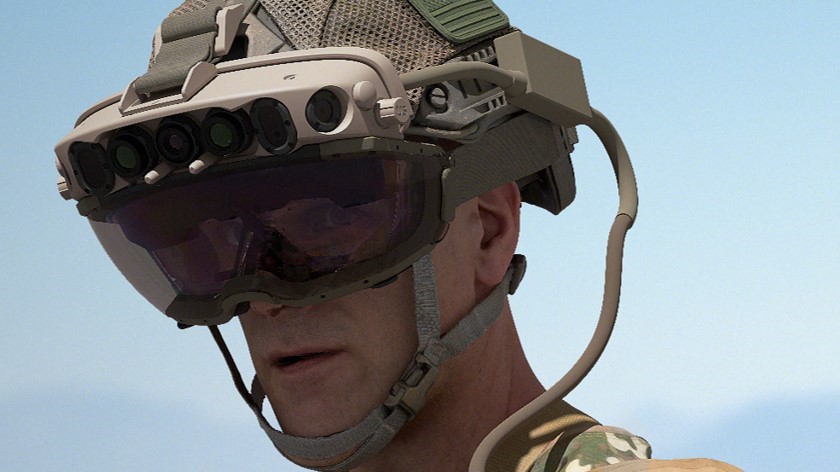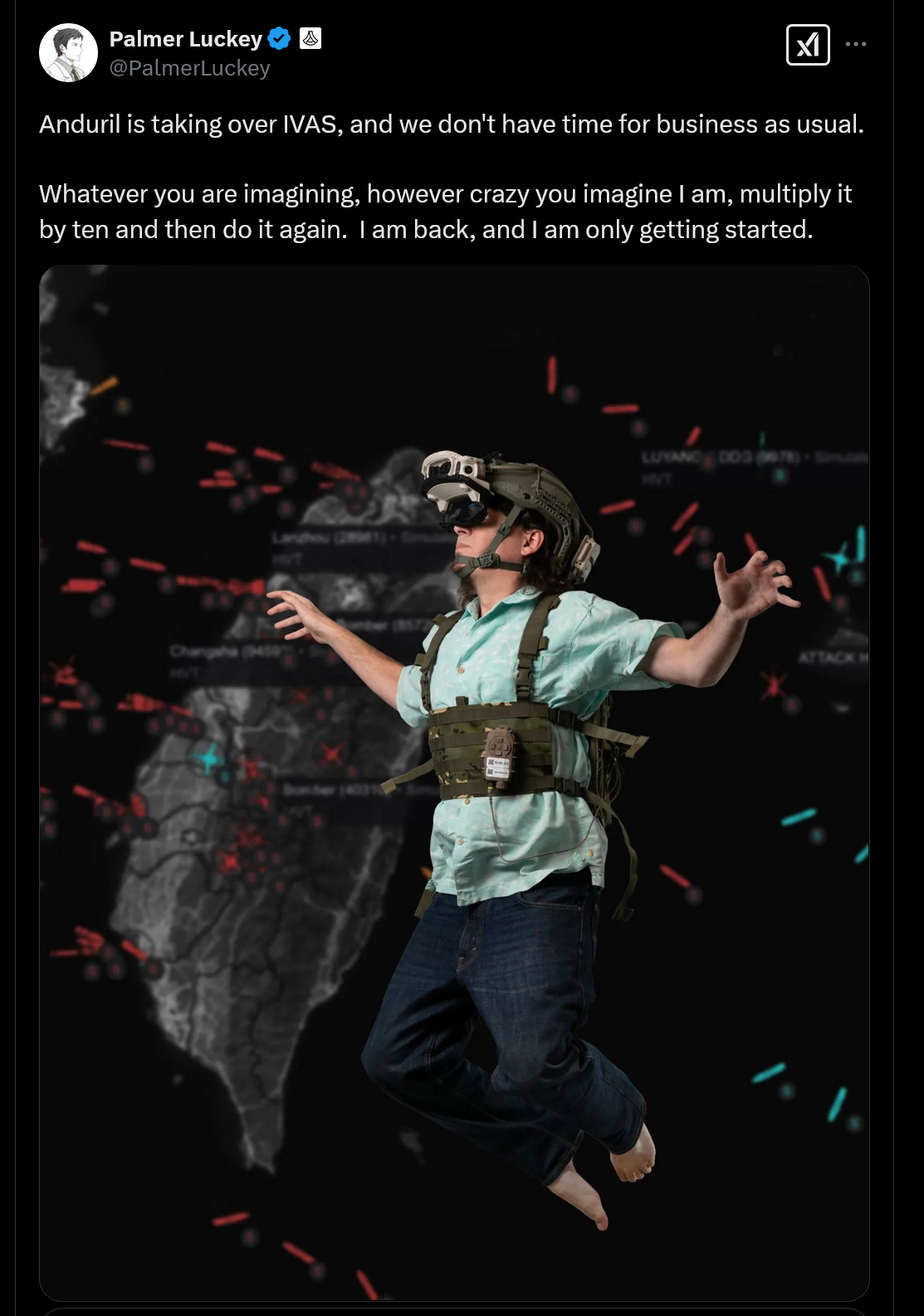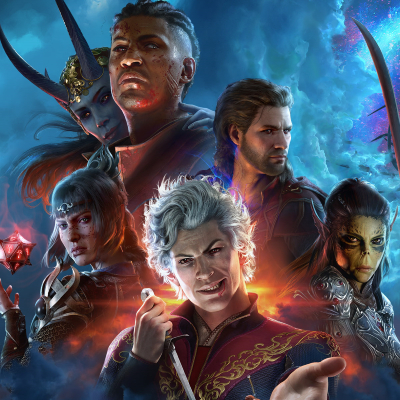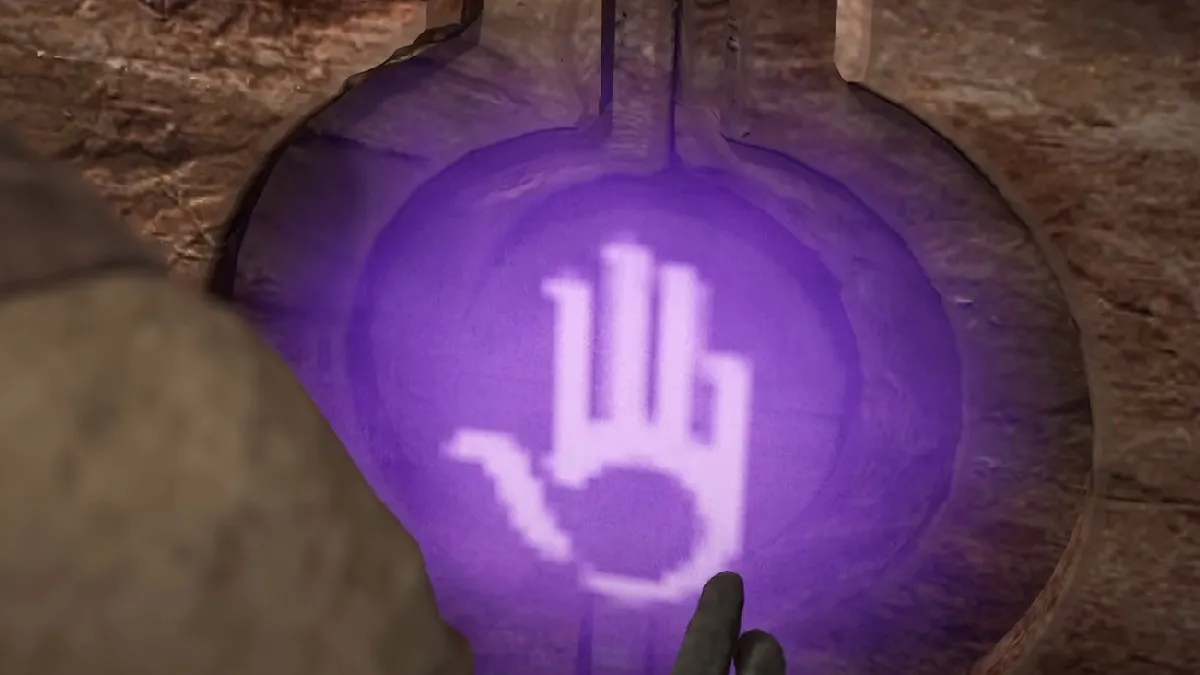
Microsoft will continue to support IVAS functionality with "advanced cloud infrastructure and AI capabilities," but it's out of the hardware game.
Microsoft has announced that it is getting out of the Kill-O-Vision headset business, more formally known as the US Army’s Integrated Visual Augmentation System (IVAS) program. While the company’s “advanced cloud infrastructure and AI capabilities will continue to provide a robust backbone for the program,” responsibility for actually making the headsets and the software that runs them is being taken over by Anduril Industries, the defense contractor co-founded in 2017 by Oculus VR founder Palmer Luckey.
Microsoft said Anduril’s “mission focus” as a defense technology company “will ensure future program development specifically tailored to the evolving needs of the Army.” It will also, apparently, enable a lower per-unit cost of the IVAS headsets, which is something of a priority for the military: The US Army signed a $22 billion deal with Microsoft to develop the headsets in 2021, but by 2024—and following various complaints about the headsets including size, weight, and the fact that the glow of the screen could apparently be seen from a very long distance, enabling enemy soldiers to tell exactly where the wearer’s head happens to be at any given moment—the Army was asking if perhaps Microsoft could do something about the price tag.
The shift may also help mollify Microsoft shareholders and employees who were less than keen on the company’s dealings with the US Army, specifically the potential “reputational and financial risks to the company for being identified as a company involved in the development of weapons used by the military.” With Anduril, of course, that’s not a concern: Making weapons is literally all it does.
“The IVAS program represents the future of mission command, combining technology and human capability to give soldiers the edge they need on the battlefield,” Luckey said. “The ultimate goal is to create a military ecosystem where technology acts as an extension of human capability. By empowering soldiers with the tools they need to make faster, smarter decisions, we’re building a future where technology and human ingenuity combine to ensure mission success.”
Luckey was a little less PR-managed in a post about it on X, which included a recreation of his infamously goofy Time cover but with a far less goofy context: “Whatever you are imagining, however crazy you imagine I am, multiply it by ten and then do it again. I am back, and I am only getting started.”
“Tactical heads-up-displays that turn warfighters into technomancers and pair us with weaponized robotics were one of the products in the original Anduril pitch deck for a reason,” Luckey wrote in a blog post. “The past eight years we have spent building Lattice have put Anduril in a position to make this type of thing actually useful in the way military strategists and technologists have long dreamed of, ever since Robert Heinlein’s 1959 novel Starship Troopers.
“Not just day and night and thermal and ultraviolet, but peering into an idealized interactive real-time composite of past, present, and future that will quickly surpass traditional senses like vision and touch. Put another way, Superman doesn’t use menus—he just sees and does.”
I’m not sure that Starship Troopers is the sci-fi future we should really be aiming for, but never mind that: Luckey went on to say IVAS “represents just the beginnings of a new path in human augmentation, one that will allow America’s warfighters to surpass the limitations of human form and cognition, seamlessly teaming enhanced humans with large packs of robotic and biologic teammates.” So yeah, that actually sounds a lot worse.
The tech industry’s insistence on creating the Torment Nexus notwithstanding, handing IVAS production off to Anduril is also a practical move for Microsoft, which discontinued production of its HoloLens 2 headsets in October 2024. Microsoft confirmed that it’s out of that particular hardware game entirely in a statement provided to The Verge, saying it is “transitioning away from hardware development … and will shift our focus to cloud and AI technologies, which will serve as the foundation for IVAS as a situational awareness platform.”
Anduril’s takeover of IVAS production is dependent upon approval of the US Department of Defense. The DoD hasn’t yet commented on the announcement, but I strongly suspect that approval is very likely to happen.
2025 games: This year’s upcoming releases
Best PC games: Our all-time favorites
Free PC games: Freebie fest
Best FPS games: Finest gunplay
Best RPGs: Grand adventures
Best co-op games: Better together






